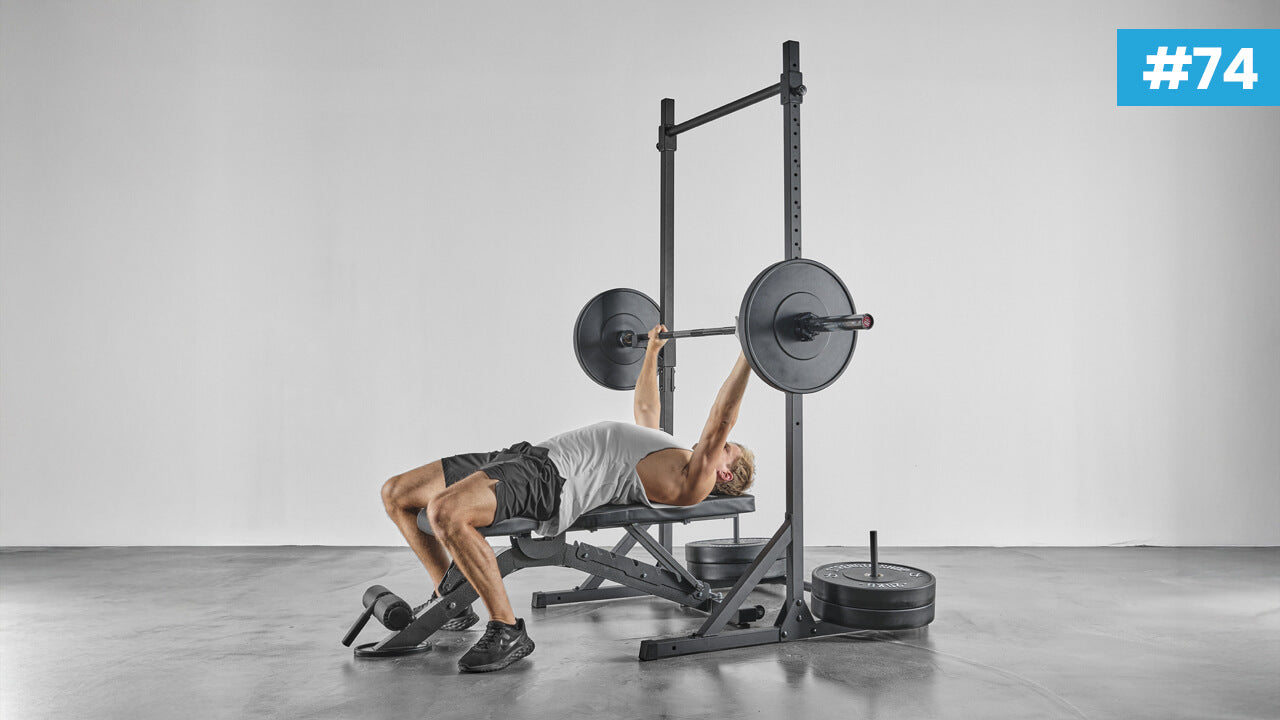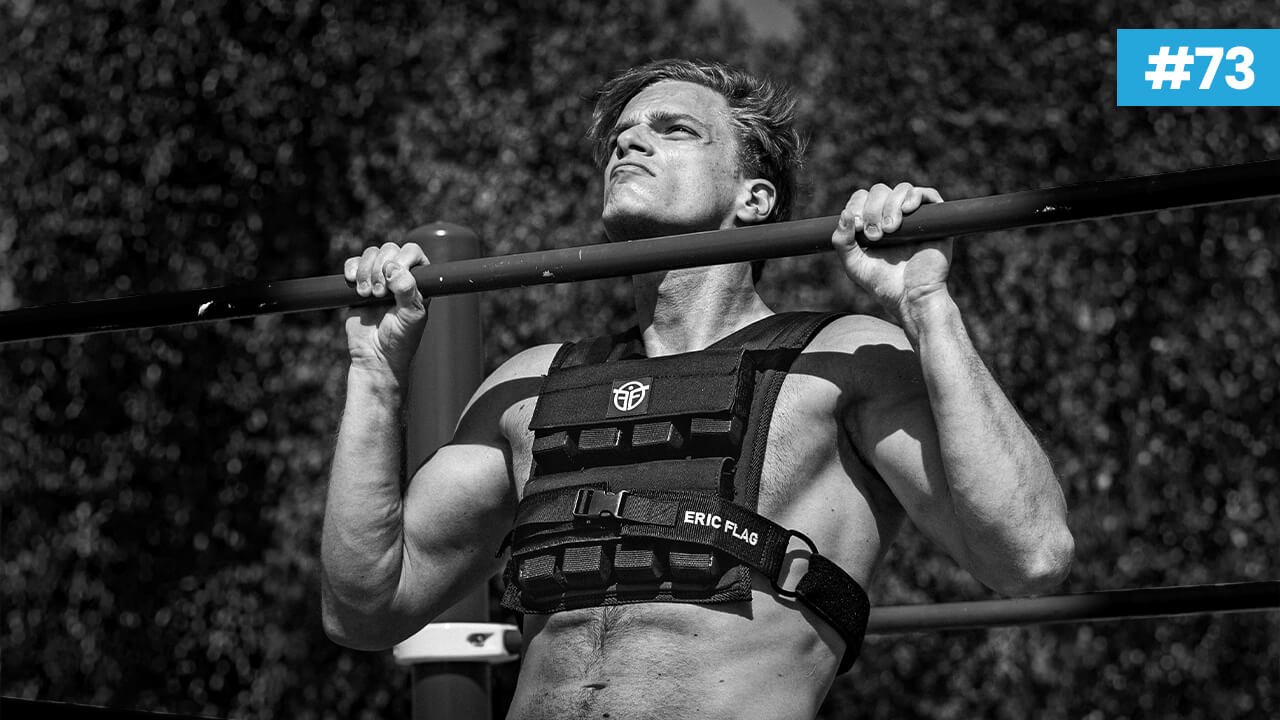How do I make a success of Back Lever ?
The Back Lever is an advanced Street Workout figure that involves holding yourself in a horizontal position, suspended from a bar or rings, with your torso pointing towards the ground, unlike the Front Lever.
This figure is one of the three fundamental leverage exercises in calisthenics, along with the front lever and the plank.

Straddle Planche (⬆️) & Back Lever (⬇️)
Incorporating back lever into your training routine, you'll enjoy several benefits:
- Strength enhancement
- Improved joint mobility
- Muscle gain
The fundamentals of Back Lever

The back lever is an exercise that requires excellent body and muscle control. To perform it correctly and safely, it's crucial to understand its fundamental principles.
In this article, we'll look at :
- The muscles involved
- The crucial importance of technique and position
- Physical prerequisites
- A step-by-step guide to mastering back lever.
- Tips and mistakes to avoid
Muscles involved
The back lever involves several muscle groups, particularly the upper body.
Here are the main muscles involved:
- The shoulders
- The back
- Abdominals
- Buttocks
- Forearms
The back lever is therefore a multi-joint exercise that requires a proper warm-up and a post-exercise stretching phase to prevent any risk of injury.
The importance of technique and position
Successful back lever is not only a question of strength, but also of technique and correct positioning.


Here are the essential elements to master:
- Shoulder blade protraction: pushes the shoulders forward and down to generate tension in the back and facilitate a straight body line.
- Shoulder extension: maximizes opening for greater stability while preventing joint pain.
- Contraction of the abdominals and glutes: contract the stomach and tighten the glutes for a straight back and avoid excessive curvature.
- Body alignment: stretch your legs backwards for balanced weight distribution.
- Breathing: adopt calm, deep breathing
Physical prerequisites
A certain level of strength and balance is essential to obtain the back lever.
Here are the necessary prerequisites:
-
The strength The goal is to be able to hold onto a bar for at least 30 seconds, do 10 knee raises, 10 knee raises to the head and 8 to 10 skin the cat exercises to prepare the upper body muscles for suspension.

Skin the cat
- Flexibility: Good shoulder and hamstring mobility, developed through shoulder rotations, bridges and forward bends to prevent injury.
By respecting these conditions, the back lever will be approached with greater confidence and security, enabling rapid and effective progress!
Mastering Back Lever : a step-by-step guide
The back lever is a complex exercise that unfolds through progressively difficult stages. Here they are:
1 - Start with the Tuck Back Lever

The tuck back lever marks the initial phase in mastering the back lever. It involves hanging horizontally from a bar, with knees bent and drawn up towards the chest.
This position reduces the difficulty of leverage, simplifying the exercise.
Here are the steps to run tuck back lever :
1 - Grip the bar with a pronated grip (hands facing outwards) and extend your arms.
2 - Move into Skin the Cat position and keep your knees close to your chest.
3- Gently lower your body to a horizontal position, controlling the descent with your shoulders and back.
4- Hold this position for as long as possible with calm breathing and muscular engagement. Aim for at least 10 seconds.
5- Reverse the movement to return to the initial position
Regular practice of the tuck back lever, gradually increasing the holding time and repetitions is crucial.
2 - Switching to Straddle and Full Back Lever
Once you've mastered the tuck back lever, the next step is to gradually extend your legs, increasing the difficulty.
We'll look at a new intermediate position before finally arriving at the final position.
The Straddle Back Lever: this variation consists of spreading the legs outwards while maintaining a horizontal body position, which facilitates balance by distributing the body's weight.

To do this, you'll need to perform the tuck in a similar way to the tuck version, but instead of bringing your knees up to your chest. Practice holding this position for as long as you can!
The Full Back Lever: The final form of the back lever requires fully extended legs aligned with the arms. Follow the same steps as the tuck back lever but extend your legs backwards.

Hold this position for as long as you can.
Patience and perseverance are essential to progress through intermediate positions such as the tuck back lever, the one leg back lever or the straddle back lever.
3 - Additional exercises to strengthen key muscles
Use a elastic band to lighten your load is very effective and allows you to start learning the right movement:

Additional exercises help to strengthen the muscles involved in this figure . They improve strength, flexibility and muscular endurance.
Here are some recommended exercises to complement your training at back lever :
- Traction: Strengthens shoulders, back and forearms.
- Dips: Targets shoulders, chest and triceps.
- Skin the cat: Improves shoulder flexibility and joint mobility.
- Board: Improves body stability.
- Pike push-up: Enhances shoulder extension and arm strength.
Incorporating these additional exercises into your program will improve your performance and progress by back lever. What's more, they help prevent injuries and muscle imbalances.
Practical tips and common mistakes
Mastering the back lever requires discipline and rigor. It means following basic principles, progressing at your own pace, and adjusting your training to your personal needs.
Errors to avoid in execution ❌
To prevent injuries and optimize the efficiency of back lever, here are the mistakes to avoid:
- Flexing the arms: This puts unnecessary pressure on the biceps and elbows.
- Deepening the back: this can hyperextend the spine and overload the lumbar vertebrae.
- Closing the shoulders: This increases the risk of injury.
- Relaxing the body: This leads to a loss of stability, making the exercise more complex.
- Breathing irregularly: this can disrupt concentration and reduce muscle oxygenation.
By avoiding these mistakes, you'll not only improve your safety, but also the efficiency and aesthetics of your back lever.
Training strategies: frequency, intensity and volume ✅
Planning your workout is crucial to balancing frequency, intensity and volume. Here's how:
- Frequency: Opt for 2 to 3 weekly sessions, with rest days in between for optimum recovery.
- Intensity: Aim for 70-80% of your maximum capacity, with variations that you can hold for at least 5 seconds.
- Volume: Choose 3 to 5 sets of 10 to 15 seconds per variation, leaving 2 minutes rest between each set.
Conclusion
The back lever is more than just calisthenics; it's a complete method for building strength, increasing flexibility and perfecting body control.
The success of back lever is based on these key steps:
- Understand the fundamentals of back lever.
- Start with variations in position, from tuck to full back lever and incorporate complementary exercises to strengthen key muscles.
- Avoid frequent errors, respect training frequencies and take care in movement execution.
The most important factor is motivation and patience . This street workout requires time and perseverance ⏳
It's essential to have fun and find pleasure in this exercise, which represents both a challenge and a source of satisfaction.
I hope you enjoyed this article 💪
Don't hesitate to leave a comment if you do.
See you soon!
Eric Flag .





2 comments
me encanto la información, bien redactada y muy simple de entender, hace mucho que realizo este ejercicio pero no tenia ni idea del nombre ni de cuales eran sus progresiones me ayudo mucho saber todo esto, te estoy muy agradecido Eric.
Tomás
Hola, tengo 44 años y hace 2 que hago calistenia.Me saque back level después de 14 meses de mucha disciplina y trabajo duro( antes no me daba vuelta en anillas jeje).Solo comentar que me lo saque bajando grado por grado en negativa y control desde inicio con pies juntos.Si q emoeze con giros, pero no piernas abiertas ni flexionadas, yo me sentía mejor bajando ya en posición agrupada y recta.Ahora estoy con front y ya falta poco.Gracias a calistenia ha cambiado mi cuerpo, es una pasada esta disciplina, ojalá más mujeres de mi edad se animasen.Es dura, requiere mucho trabajo, adaptación, hay contracturas, callos pero transforma, físicamente y mentalmente.GRACIAS.Monika Cwen
Monika
Leave a comment
This site is protected by hCaptcha, and hCaptcha's Privacy Policy and Terms of Service apply.